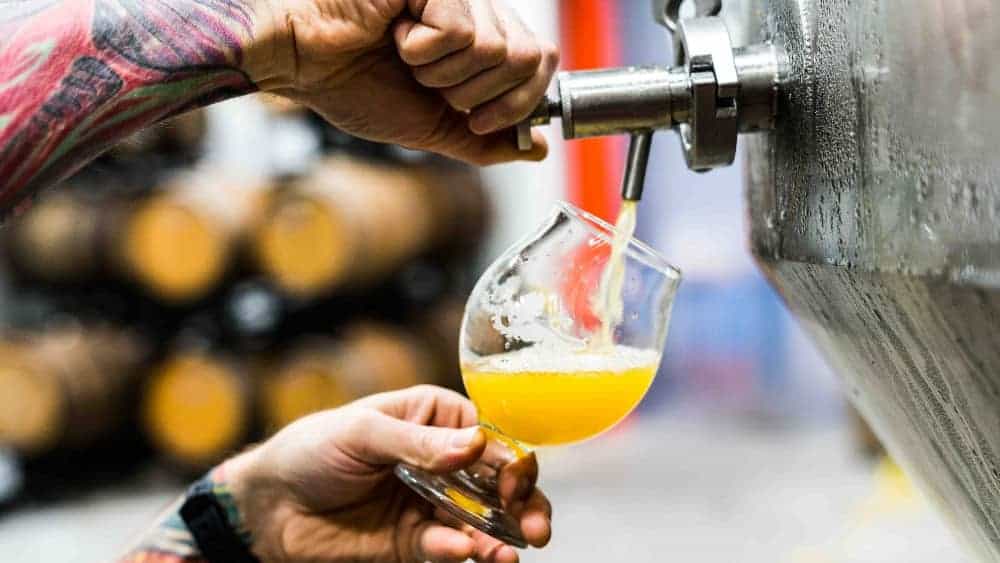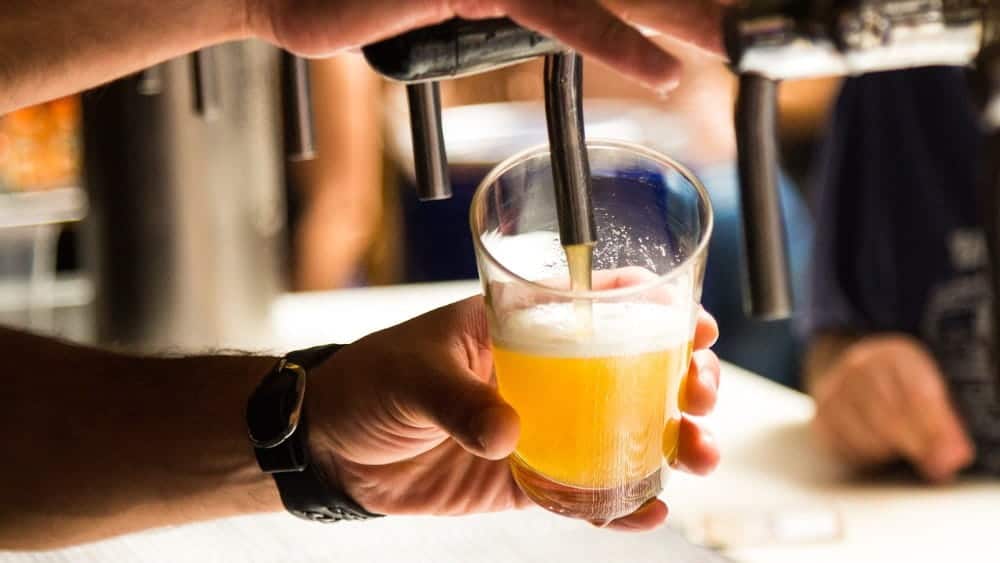If you like to brew drink from malts for their finely aged taste but can’t treat yourself with them anymore due to gluten intolerance and celiac disease, you’ve two options to consider? Either quit drinking beers altogether or start crafting your own gluten-free beer. Yes, you can make gluten-free beer if you have a reasonable craft brewery setup.
Physicians recommend celiac-susceptible and gluten intolerant people to entirely cut down their gluten consumption. Since most grains contain gluten, people need to devise their diet plans around things not made of those grains. Since we all know that grains are the primary substrate of regular beers, it seems impossible to brew their gluten-free variant.
But kudos to beer aficionados, particularly those who’re into craft brewing, who’ve come up with a recipe for brewing a beer that contains virtually no trace of gluten. If you’re striving to find out how to brew gluten-free beer, your search should end here. In this guide, we’ll outline the equipment, ingredients you’ll need, and step you’ve to follow to brew gluten-free beer.
Things You’ll Need to Brew Gluten-Free Beer
- A boiling pot or a hot liquor tank
- Non-rinse sanitizer
- Funnel/ bottling wand
- Thermometer
- Hydrometer
- Fermenter and airlock
- Kitchen scales
- Empty bottles and caps
- Strainer
Get Your Ingredients Ready
The most crucial phase of brewing gluten-free beer is sourcing ingredients for it. Following is the list of items that you need to use in place of regular malts, sugars, and yeasts. The quantities mentioned here will be used to brew a 5-gallon batch of gluten-free beer.
- 4 lbs Pale Millet Malt
- 5 lb Pale Buckwheat Malt
- 5 lb French Roasted Millet Malt
- 5 lb Munich Millet Malt
- 5 lbs SorghumSyrup
- 2 lb Coconut Sugar
- 1 Gluten-Free Brewing Yeast Packets
Hops are gluten-free and give beers their quintessential floral and bitter undertone. Therefore, we’re going to use a lot of different varieties of hops.
- 2 oz Horizon Hops
- 2 oz CTZ Hops
- 5 oz Simcoe Hops
- 5 oz Crystal Hops
- 5 oz Bravo Hops
- 1 oz Millennium Hops
Activate the Amylase
After sterilizing the equipment and making sure every ingredient is there, start preparing the strike water. In brewing terms, strike water is essentially the heated water in which malted grains (millet in gluten-free beer) are submerged for almost an hour. The warm water “strikes” and activates the dormant malting enzyme of the grain called amylase. The enzyme starts converting carbohydrates into fermentable sugar.
The optimal striking temperature of the water is around 160-170F. If you’re not sure about the water’s purity and chemical composition coming in taps, you should use spring water. You can easily get the gallons of bottled spring water from the nearby departmental. Springwater is free of any unwanted ion and chemicals that may compromise the striking function of water.
Prepare the Gluten-free Mash
Now add the striking water into the boiling pot/container and add malts, sugar, and syrups. Keep the flame very low (maintain temperature around 150F) and stir the mixture for the next 3-5 minutes. Once you’re sure that you’ve mixed it well, leave it at the same temperature for an hour. During this slow-simmering, water will continue to convert malt into fermentable sugar.
Mesh Lautering
After simmering the mixture for an hour at a low flame, you’ll get the gluten-free mesh. Now, you need to treat the meshed malt for extracting all its fermentable sugar content. The wort quantity must also be increased to make sure you can brew the desired gallons of gluten-free beer. You can kill these two 0birds with the single stone of lautering. Lautering is a 3-step process that converts the mesh into suitable wort. Its three steps include:
- First, increase the mesh’s temperature to kill the amylase enzyme for stopping the conversion of grain into sugar.
- Second—add hot water to the mesh to increase the quantity of wort.
- Third—circulate the same water again and again through the mesh to ensure optimal sugar extraction.
Mesh Boiling
The addition of hot water will turn the viscous mesh into regular beer wort. Add hops to the mix and increase the temperature of the heating pot/container to up to 180-200F and let the wort boil. After it boils out, lower the temperature slightly and leave the wort on simmering for 50-60 minutes. Then switch off the burner and let the wort cool down. Once it reaches the room temperature, pass it through the strainer to filter it out for the boiled and meshed hop residues.
Start the Fermentation
After filtering the wort for its residues, you’re all set to ferment to make the final product. You can ferment the wort in a simple container. However, a lot of diligence is required for that. You need to take the container’s temperature multiple times in a day to ensure it is maintained around 70F for 14 days straight.
A fermenter can make your life easy because you don’t need to change its position and tweak its settings every day. Once you adjust the desired temperature, you only have to come near it at the end of day fourteen.
Open the fermenter and pour the liquor in bottles through a strainer— this is your home-brewed gluten-free beer. You can also add a zap of sodas to your gluten-free treat by adding a single carbonation drop in every bottle. Cap the bottles, store them in a dark place for two weeks, then take them out, put in the refrigerator, and enjoy your chilled gluten-free beer.
Our Final Thoughts
Besides suiting those who have celiac and gluten intolerance, gluten-free beer is also good for people who experience frequent bloating and other digestive issues. The high content of zinc and selenium in millet and sorghum also make gluten-free beer a highly nutritious drink among all the fermented brews.





